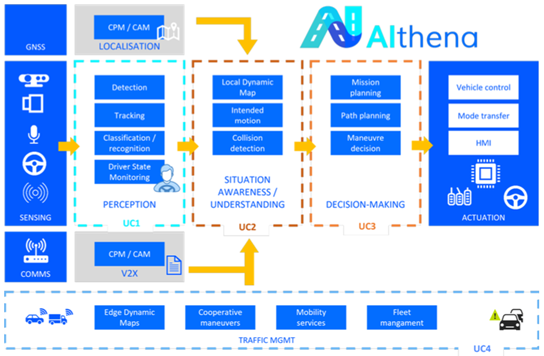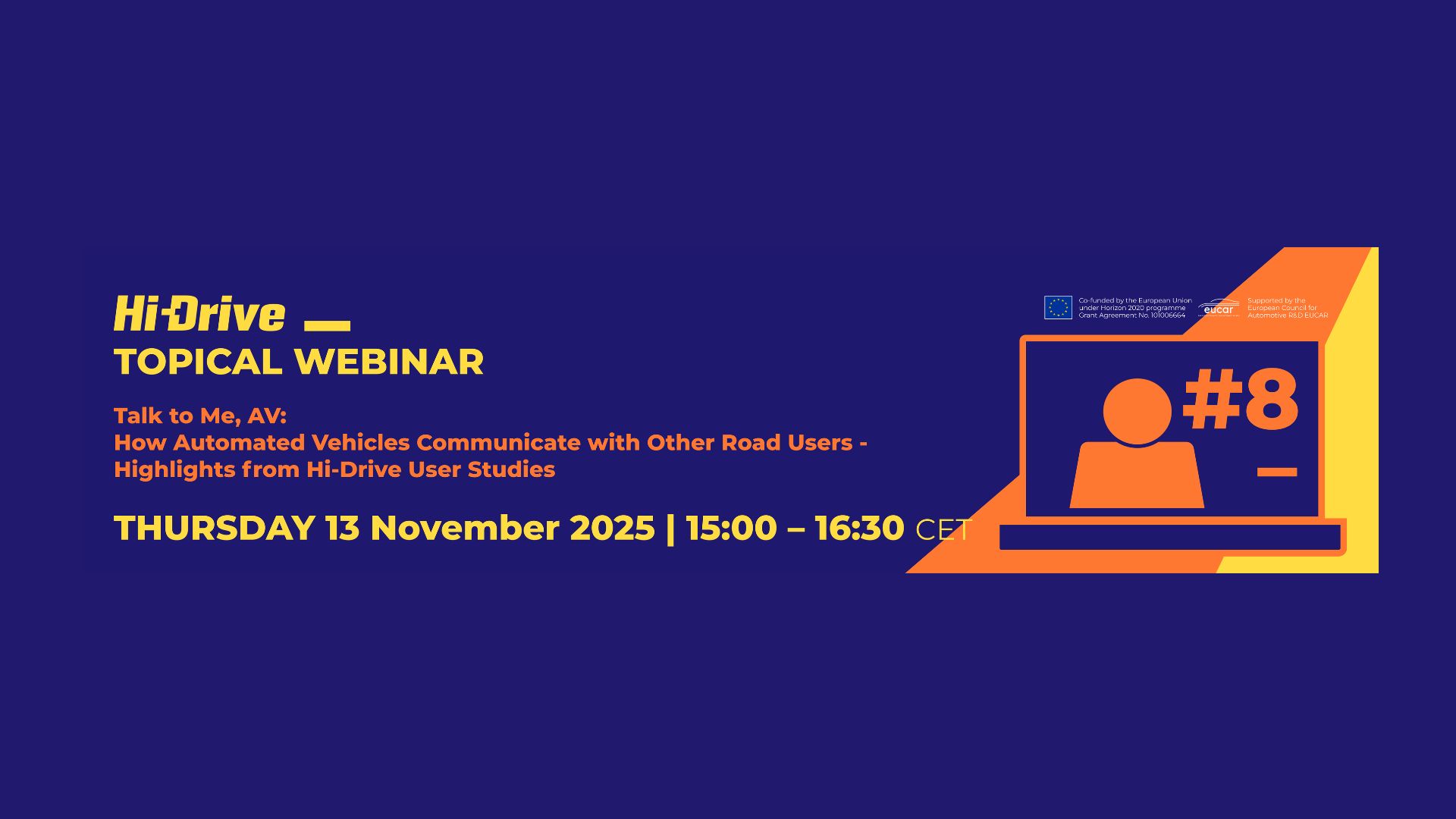Trustworthy AI for automated mobility: The AITHENA Project.

Why is trustworthy AI essential?
Artificial intelligence (AI) is transforming connected, cooperative and automated mobility (CCAM), promising safer and more efficient transport systems. However, its widespread adoption depends on public trust. For AI to be accepted, it must be safe, explainable and aligned with ethical principles. The AITHENA project has risen to this challenge by developing practical tools, frameworks, and methodologies to ensure that AI in automated mobility is truly trustworthy.
What has the AITHENA project achieved?
The AITHENA project has delivered robust results that blend technical excellence with ethical governance and transparency. Key achievements include:
- Trustworthiness assurance assessment for high-risk AI systems: This framework helps developers and assessors verify compliance with the EU AI Act, ensuring that high-risk AI systems meet strict safety and ethical standards.
- Advanced AI perception algorithms: Innovative algorithms for multi-sensor fusion and operation in adverse weather conditions that boost the reliability of vehicle environment perception.
- Generative AI-based privacy masking: This cutting-edge solution was showcased at EUCAD 2025 and enables the real-time anonymisation of sensitive video data without compromising perception performance.
Figure 1: Technical architecture of the AITHENA project.
Methodology and frameworks
AITHENA has developed a human-centric, ethical evaluation framework tailored to CCAM. This framework translates principles such as fairness, accountability, privacy and transparency into actionable checklists and assessment processes. Designed for engineers, regulators and decision-makers, it bridges the gap between abstract ethical guidelines and real-world development workflows. This approach promotes both societal acceptance and legal compliance.
Data and model cards: Enhancing transparency
Transparency lies at the heart of AITHENA’s approach. The project has used Data and Model Cards, which are structured documents detailing the datasets and AI models used in CCAM applications. These cards provide information on the origin, curation, intended use, limitations and performance metrics of the data. Aligning with the Assessment List for Trustworthy AI (ALTAI) and the AI Act’s technical documentation requirements makes it easier for developers and auditors to understand, explain and govern AI systems, and prepares them for regulatory reviews.

Figure 2: AITHENA project – This image shows how developers of AI systems can communicate relevant information about the system to different users.
Conclusion
By combining technical innovation with ethical rigour, AITHENA is strengthening Europe’s ability to develop trustworthy, human-centred AI for transport. The project has demonstrated how synthetic data, transparent documentation and ethical assurance can speed up the validation of automated driving functions. However, challenges remain, including harmonising assessment procedures and encouraging broader industrial adoption.
AITHENA demonstrates that trustworthy AI is both necessary and achievable. Its methodologies, perception tools and transparency mechanisms provide a blueprint for responsible automation, supporting the development of safer, more reliable and widely accepted mobility systems across Europe.
Find out more about the project at https://aithena.eu/.
To view all deliverables and open-access AITHENA publications, please visit the project library at https://aithena.eu/library/ and the Zenodo account at https://zenodo.org/communities/aithena/.


